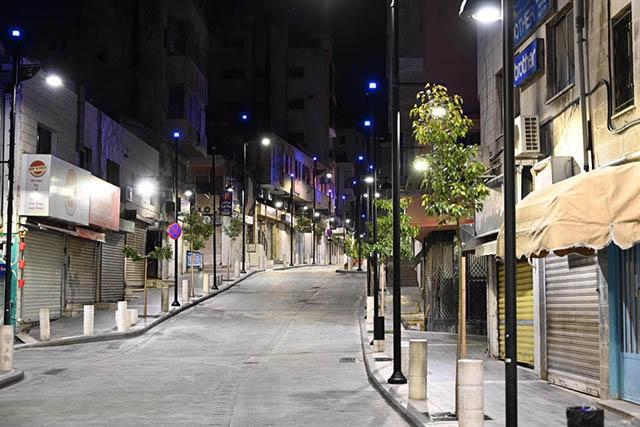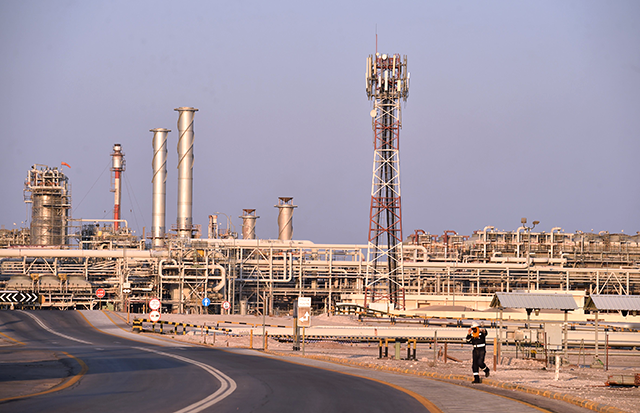You are here
World Bank report tallies cost of disaster relief demanded by pandemic in MENA
By Maria Weldali - Apr 06,2021 - Last updated at Apr 06,2021

A view of downtown Amman during a nationwide curfew in mid-March, 2020 (JT file photo)
AMMAN — The Spring 2021 World Bank MENA Economic Update showed that the substantial borrowing MENA governments had to incur to finance essential health and social protection measures increased government debt dramatically.
The report titled “Living with Debt: How Institutions Can Chart a Path to Recovery in the Middle East and North Africa” examined both the region’s economic challenges, the uncomfortable tradeoffs governments will have to make in the coming years, as well as, the trends in public debt and output growth.
The average public debt in MENA countries rose 8 per cent, from about 46 per cent of gross domestic product (GDP) in 2019 to 54 per cent in 2021, which would be the fastest accumulation of public debt as a share of output in the 21st century, according to the report.
The region’s output contracted by 3.8 per cent. The estimated accumulated cost of the pandemic, in terms of gross domestic product (GDP) losses by the end of 2021, will amount to $227 billion, the report said.
“Nearly every country in MENA has been overwhelmed by a surge of deadly infections, accompanied by collapsing economies that threw millions of people out of work and pushed many more into poverty,” the report added.
According to the report, the rebound in 2021 is unlikely to be strong enough to allow the region to regain the level of economic activity it had in 2019, adding that high levels of debt may be accompanied by costly debt-interest payments that gradually decrease the space for other growth-enhancing public investment priorities.
“High debt also could threat economies’ credit worthiness and their ability to refinance maturing debt in the future,” the report said, noting that if those risks materialise they could cause “economic pain” characterised by currency devaluation, run-away inflation, capital flight and ultimately debt crises.
The disaster relief demanded by the pandemic, combined with the decline in revenues led to further accumulation in debt “in a region that already had high public debt”, the report said.
Proper investment in vaccination would not only reduce the risk of a prolonged crisis and speed up economic recovery, but also would reinforce the infrastructure for long-term public health, the report observed.
The GCC countries, Lebanon and Jordan have done more testing per capita than the rest of the MENA region. As for the vaccination programmes, the UAE and Bahrain are leading the way and Morocco was the only developing country in the region that embarked on a vaccination programme for a significant portion of population, according to the report.
Related Articles
AMMAN — The World Bank’s (WB) latest regional economic update indicated that Jordan’s real GDP growth per capita is forecast to grow by 1.9
AMMAN — As the Middle East and North Africa (MENA) region faces unprecedented dual shocks from the coronavirus pandemic and the collapse in
AMMAN — Jordan’s economy is expected to grow by 1.8 per cent and 2 per cent in 2021 and 2022 respectively, according to a World Bank report.


















